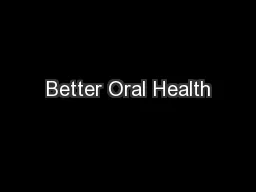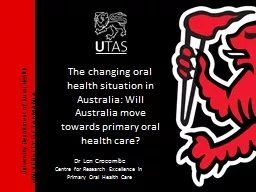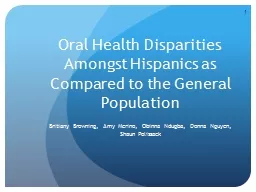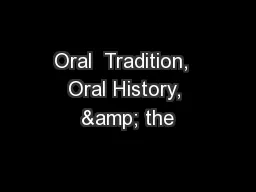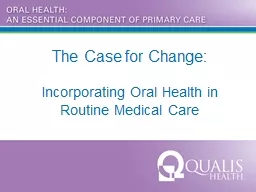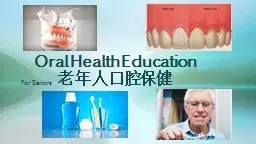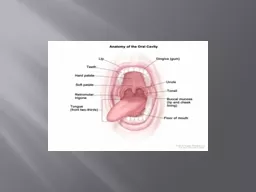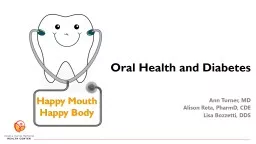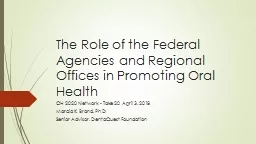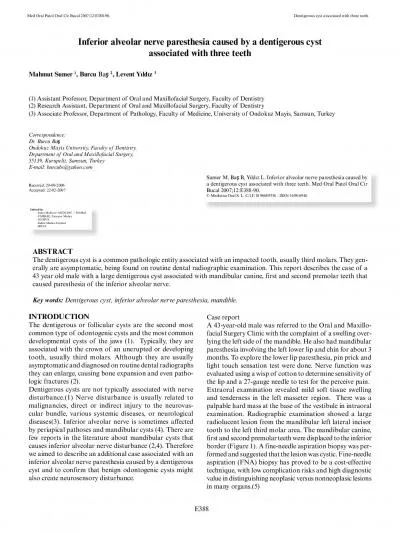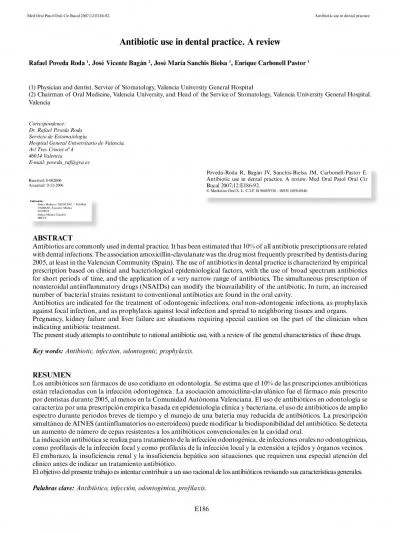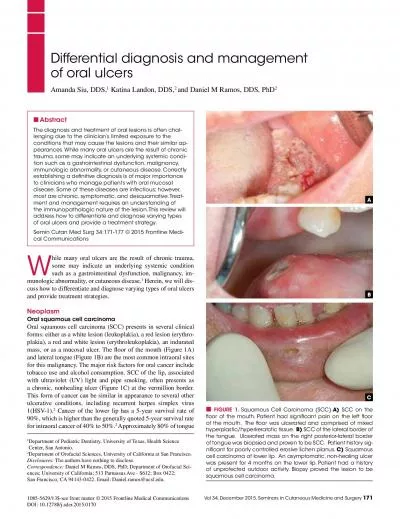PDF-Senior Oral Health
Author : callie | Published Date : 2021-09-29
Almost 250 million people or about 40 percent of the adult population in Europe USA and Japan are estimated to suffer from some form of edentulousness or loss of
Presentation Embed Code
Download Presentation
Download Presentation The PPT/PDF document "Senior Oral Health" is the property of its rightful owner. Permission is granted to download and print the materials on this website for personal, non-commercial use only, and to display it on your personal computer provided you do not modify the materials and that you retain all copyright notices contained in the materials. By downloading content from our website, you accept the terms of this agreement.
Senior Oral Health: Transcript
Download Rules Of Document
"Senior Oral Health"The content belongs to its owner. You may download and print it for personal use, without modification, and keep all copyright notices. By downloading, you agree to these terms.
Related Documents


